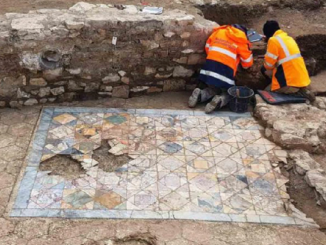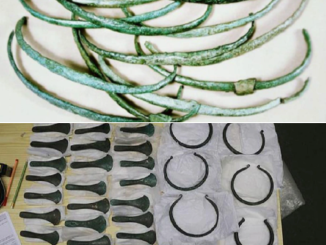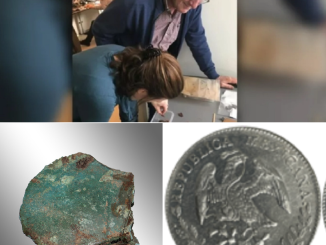In Türkiye’s southeastern province of Şanlıurfa, which has a long history, remarkable discoveries have recently come to light. The ancient ruins of Göbeklitepe and Karahantepe have revealed two astonishing relics: the first painted statue and one of the most vivid human sculptures ever found.
These findings provide a fascinating insight into the artistic expressions of prehistoric civilizations.
GÜKLITEPE: POINT 0 OF HISTORY
Göbeklitepe, often referred to as “history’s zero point”, is a remarkable archaeological site dating back a staggering 12,000 years.
Discovered in 1963 by researchers from the universities of Istanbul and Chicago, it has become a treasure trove of ancient artifacts. The site has been jointly excavated by the German Archaeological Institute and the Şanlıurfa Museum since 1995, unearthing T-shaped monuments 3 to 6 meters high and weighing 40 to 60 tons.
FIRST PAINTED SCULPTURE
Among the incredible finds at Göbeklitepe is a life-sized statue of a wild boar made of limestone. What makes this discovery even more remarkable is that it is the first painted sculpture to be found from that period until today.
Remnants of red, white and black pigments on its surface suggest that ancient artists painted it with vibrant colors, giving insight into the artistic sensibilities of the time grand.
In addition to the wild boar statue, excavations also discovered various artifacts dating back 12,000 years, including 65 cm tall human statues.
These artifacts open a window into the spiritual and cultural aspects of the prehistoric people who inhabited Göbeklitepe.

KARAHANTEPE: CENTER FOR NEolithic ART
While Göbeklitepe was at the forefront of archaeological discoveries, the neighboring site, Karahantepe, has been recognized as one of the most important settlements of the Neolithic period.
Here, researchers made a breakthrough discovery: a 2.3 meter tall human statue with extremely realistic facial expressions. This statue, fixed to the ground on a bench, is a testament to the artistic prowess of our ancient ancestors.
In addition to the human statue, a vulture statue and stone discs were also unearthed at Karahantepe. These findings expand our understanding of the artistic diversity and symbolism present during the Neolithic period.
The ancient ruins of Göbeklitepe in Turkey have provided archaeologists with invaluable insights into the artistic expressions and cultural practices of prehistoric civilizations.
From the first painted sculpture at Göbeklitepe to the lifelike human statue at Karahantepe, these discoveries continue to captivate the world, underscoring the importance of preserving and studying ancient heritage of Anatolia.
As researchers study these sites more deeply, the stories of our ancient ancestors become more vivid, bridging the gap between past and present.




